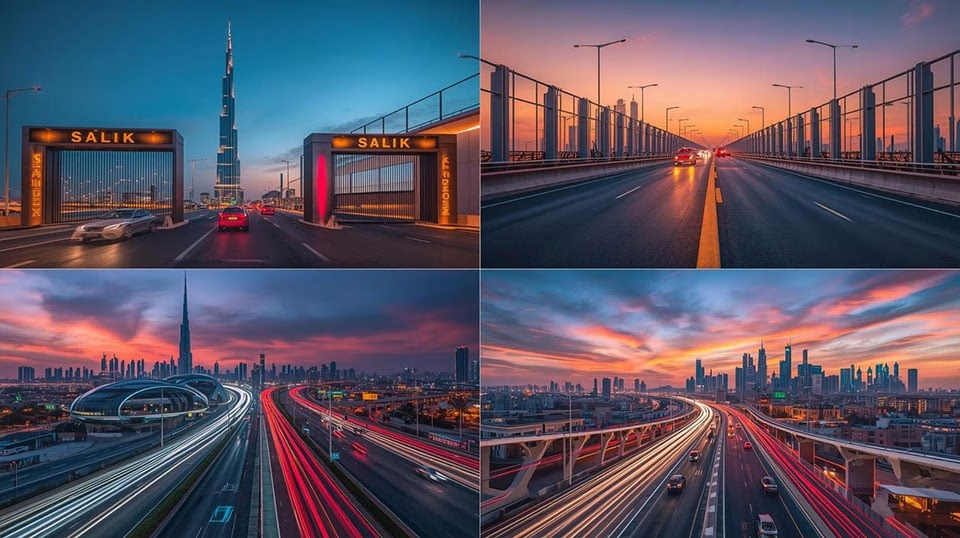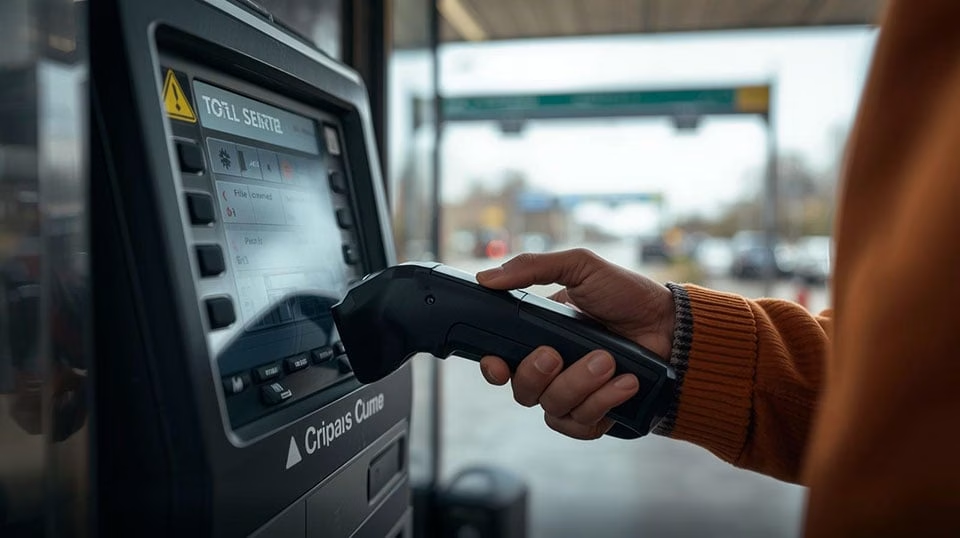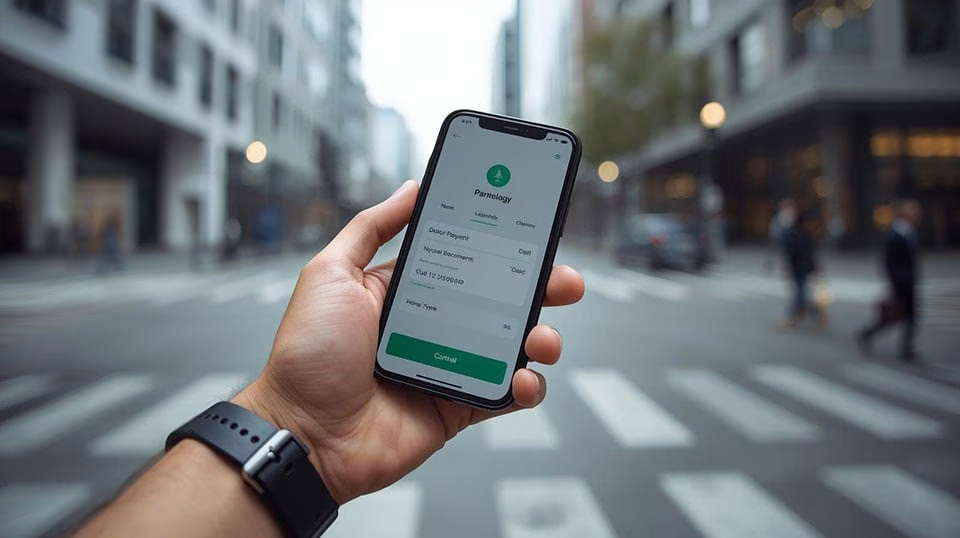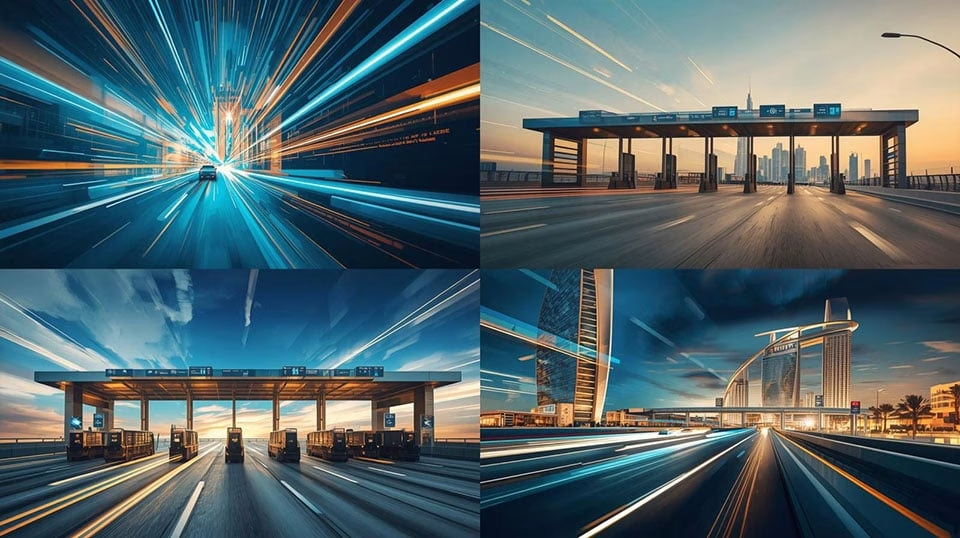If you drive in Dubai, you can’t miss the tall blue arches stretched across the highways. Those are the Salik toll gates, part of a system that has quietly changed the way people move around the city. Instead of stopping to pay cash, drivers simply pass through, and the fee is deducted automatically. It’s fast, simple, and keeps traffic flowing.
But for newcomers—and even many long-time residents—the details aren’t always obvious. How much does each trip cost? Where are the gates located? What happens if your balance runs out? And is there any way to save a little money while getting around?
This guide answers all of that in plain language. We’ll explain how the Salik Dubai toll system works, list every gate across the city, break down the Dubai Salik charges, and share practical tips to help you avoid unnecessary fees.
What Is Salik and How Does It Work in Dubai?
Pay attention to blue arches on Dubai’s highways! That’s Salik—a smooth, hands-off way to manage road congestion. Launched back in 2007 by the Roads and Transport Authority (RTA), Salik is an electronic toll system that keeps traffic flowing, without traditional toll booths or queues.
Here’s how it works: you stick a little RFID sticker—called a Salik tag—on your windshield. Every time you drive under a Salik gate, the system scans it and deducts AED 4 from your prepaid Salik account automatically. You barely notice it—except when you check your balance.
It’s not just about convenience. Salik was built to ease traffic jams, especially along busy paths like Sheikh Zayed Road, Garhoud Bridge, and Al Maktoum Bridge. No more waiting at booths or fumbling for change—just drive on.
To get started, you pay AED 100 for the Salik tag—50 goes toward the tag, and 50 is initial. When your balance drops low, you top up via the Salik website, app, kiosks, or banks. Once set up, Salik works quietly in the background—deducting fees and keeping your drive seamless.
Complete List of Salik Gate Locations Across Dubai
The Salik Dubai toll system places gates across the city’s busiest travel routes, and knowing exactly where those gates are located gives you the upper hand in planning smarter—and cheaper—journeys.
Right now, there are ten active Salik gates scattered across key highways, bridges, and tunnels. Here’s the full rundown:
Sheikh Zayed Road (E11):
Expect tolls at Jebel Ali, Al Barsha, Al Safa North, and Al Safa South, all along this major artery.
Bridges & Tunnel Zones:
– Al Garhoud Bridge — marks a busy crossing over Dubai Creek.
– Al Maktoum Bridge — typically charges around the clock, though some nighttime exemptions exist.
– Airport Tunnel — for traffic streaming to or from Dubai International Airport.
Al Ittihad Road (E11 towards Sharjah):
There’s a pair of gates here—Al Mamzar North and Al Mamzar South—placed on opposing directions of the same stretch.
Gulf Trade Crossing (Al-Khail Road):
A newer gate opened in late 2025. This newer gate serves as another strategic toll point.
Why does it matter in everyday driving?
Say you’re hitting the road from Jebel Ali toward downtown. You’ll pass at least two gates—maybe more without realizing it. If you’re aware of where each gate lies—especially the paired ones like Al Safa or Al Mamzar—you can bundle them smartly, saving money if you cross both within an hour in the same direction.
Knowing these toll spots helps shift your route or timing strategy—whether it’s taking Al Khail Road to bypass a gate or timing your drive to stack charges into the most efficient bracket.

Salik Charges and How They Are Calculated
Navigating Salik fees is easier than you might think. Once you’re familiar with the Salik toll gates locations, it’s clear how the system works: every time you pass under a toll gate, the scanner reads your tag and deducts a fee automatically—no stopping, no fuss. As of early 2025, most crossings cost AED 4, except during busy hours when the rate jumps to AED 6.
Here’s how it typically breaks down:
- Free from 1 AM to 6 AM, every day.
- Peak hours (6 AM–10 AM, 4 PM–8 PM): AED 6 per crossing.
- Off‑peak (10 AM–4 PM, 8 PM–1 AM): AED 4.
- On Sundays (excluding holidays), it’s a flat AED 4 all day, with the same free hours at night.
Crossing both the North and South gates at Al Mamzar—or between Al Safa North and South—within one hour in the same direction? You only pay once.
So, if you drive through a gate during rush hour, expect AED 6. Later in the day or on a Sunday, it could be as little as AED 4—or even free if it’s late at night.
How to Recharge and Manage Your Salik Account
Keeping your Salik account topped up is super important for smooth driving. You’ve got plenty of ways to add credit—and each method fits a different style of life.
- Official Salik tools (website or Smart Salik app)
Log in, tap “Recharge,” pick your payment method (online or recharge card), fill in the details, and you’re done. It’s instant, neat, and you’ll get a confirmation right away.
- Banking options (online, ATMs, cash deposit machines, SMS, auto top-up)
Your usual bank setup likely lets you add Salik credit directly—without fees. A great bonus? You can organize automatic top‑ups so you’re never caught low.
- Recharge cards, kiosks, phone or SMS recharge
Prefer something tangible? Scratch off the 12‑digit number on the recharge card, then call 800‑SALIK or send it via SMS. Or visit a kiosk in areas like Deira or Al Barsha and pay with cash.
Bonus tip: Always keep your account in good shape. A low balance fine (AED 50) hits if you pass a gate without enough credit, and daily penalties can follow if you don’t top up within five working days.

Tips to Save Money While Driving Through Salik Gates
Time Your Trips Right
If you’ve got a bit of flexibility, drive when Dubai Salik charges are cheap—or even free. Dubai currently allows free passage between 1 AM and 6 AM. Even if you can’t go that late, shifting your commute outside of peak hours (6–10 AM, 4–8 PM) means you’ll only be paying around AED 4, not the AED 6 peak rate.
Use Alternative Roads
You don’t always have to go where the toll gates are. By knowing the main Salik toll gates locations, you can plan routes that avoid them. Roads like Al Khail Road (E44) or Mohammed Bin Zayed Road (E311) run parallel to the busy toll routes and help you skirt around them altogether. Apps like Google Maps or Waze—just switch on the “avoid tolls” setting and let them direct you.
Share the Ride or Use Public Transit
Carpooling with colleagues or friends helps you split toll costs and cut down on fuel and stress. If it’s practical, jump on the Dubai Metro, buses, or trams—they cost less and eliminate Salik fees entirely.
Blend the Drive into Your Day
Some folks turn toll delays into something useful. For example, wait out peak hours by grabbing a coffee, going for a quick workout, or catching up with friends nearby—and then cross the toll gate once traffic eases up.
Others start early—leaving before dawn so they cruise through free window hours and show up to work relaxed and ready.
Wrap-Up
Combine timing tricks, savvy route choices, shared rides, and a sprinkle of creativity—and you’ll pay less. Saving a few dirhams is nice, but finding time in your day—and breathing room in your drive—is even better.
Salik Rules and Fines Every Driver Should Know
- Insufficient Balance (ISF) – AED 50
If you pass through a Salik gate without enough credit—and you don’t top up within five business days—you’ll get a AED 50 fine. Only one fine per vehicle per day applies.
- No Registered Tag on Your Vehicle (URP)
If your car doesn’t have a Salik tag and you drive through a gate, you get a 10-working-day grace period to buy, register, and install a tag. Miss that deadline? You’re looking at fines of AED 100 for the first, AED 200 for the second, and AED 400 for each time after. These penalties are separate from the regular Dubai Salik charges, and only one violation per day counts.
- Tampering or Damage – Up to AED 10,000
Mess with the tag or damage gate equipment, and you’re in serious trouble. Fines can climb to AED 10,000—and that could come with extra legal consequences.
- Stay Informed and Act Fast
Keep your account balance topped up and active. If you don’t use or recharge your Salik account for five years, it becomes inactive—and you lose the remaining balance.
Within the Salik Dubai toll system, it’s important to keep your mobile number up to date so you receive notifications about low balance or fines. Otherwise, you might miss deadlines and rack up extra charges. If you believe a violation is incorrect, you can dispute it within 13 months of it being added to your file.
Wrap-Up in Simple Terms
- Don’t drive through gates without a balance or a tag.
- Top up within five working days if you’re low on funds.
- Install a tag within 10 days if you didn’t have one when you passed.
- Be careful with equipment—don’t try to tamper with anything.
- Keep your account active and contact info up to speed to avoid surprises.

Future Plans: Will Dubai Add More Salik Gates?
If you’re wondering whether more Salik gates are in the works—here’s the scoop, plain and simple:
Dubai unveiled two new solar-powered Salik gates in late 2025—one at Business Bay Crossing on Al Khail Road, the other at Al Safa South along Sheikh Zayed Road. With those in place, the total number of toll points in the city is now ten.
The design and creation of these gates are part of a clever plan. You might ask, what was their specific purpose?
As for whether you’ll see more in the near future, the RTA is keeping a close eye on traffic patterns. If congestion grows in new areas, they could open more gates, but there are no confirmed plans right now.
That said, Salik is setting itself up for growth. It holds exclusive tolling rights for decades to come, has big ambitions to add more gates over time, expand parking services, and even monetize traffic data and other digital services.
Conclusion
Salik isn’t just about paying a toll; it’s about keeping Dubai’s roads moving smoothly. When you understand where the gates are, how the charges work, and what rules to follow, driving becomes less stressful—and often cheaper. A little awareness goes a long way toward saving money and avoiding surprises.



